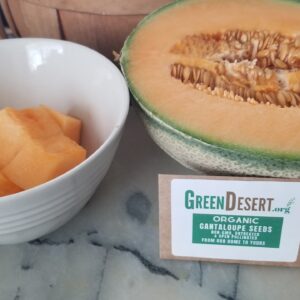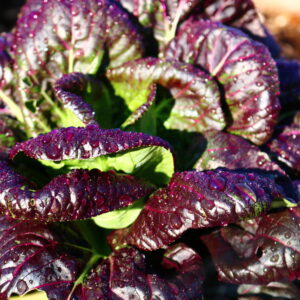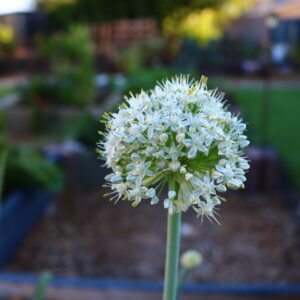$5.99
Green top bunching is mainly known for its fifteen inch tops that are good for greens. These tasty greens hold their color well and are perfect for market gardens
This beet is mainly grown for its tender green tops or beet greens. The leafy tops can be harvested after about 4 weeks of growth. The beetroots are edible as well but have zoning early on. These beets are tender, bright red, and slightly flattened on the top.
Beets seem to have originated in the Mediterranean region, where people grew them for thousands of years. Later, beets grew in Germany and Holland and were used as cattle fodder; they were later imported to England for this purpose, but the poor began to raise them for an affordable food source. American colonists later brought them to the New World, where they became a commonly enjoyed food both for their roots and their greens. According to historians, George Washington experimented with beets, cross-pollinating them to create new varieties. This particular variety of beet first became available to American gardens in the 1940s.
Sowing: Direct sow seeds outside 4 weeks before the last expected frost. Soften the seeds by soaking them in water for 2 hours, then plant in full sun and well drained soil. Sow them 1″ deep and 1″ apart in rows 1-2′ apart. Tamp down the earth above the seeds to ensure good contact with the soil, and germination should take place in 5-15 days. Add compost or other organic matter for healthy growth. For companion planting benefits, plant beets with bush beans, onions, or members of the cabbage family; avoid planting them near pole beans.
Growing: Since each beet “seed” holds up to 8 actual seeds, the seedlings will need to be thinned to 3″ apart. The uprooted plants do well as a second crop, as transplanting them will set them about 2 weeks behind the original plants. Take care not to bruise the seedlings when weeding. They love cool weather, and can survive temperatures down to 25F.
Harvesting: The beet greens can be harvested after 30 days of growth. This variety of beet is especially well known for its lush greens. Beets have the best taste and tenderness when they are harvested between 1″ and 3″ in diameter. After pulling them, twist off the tops about 1″ up the stem to prevent the beets from bleeding.
Seed Saving: Since beets are wind pollinated, be sure to separate them from other varieties of chard and beet by at least two miles to preserve genetic purity. Beet plants must weather the winter in order to produce seed. In warmer climates, simply mulch the plants. In cooler climates, dig up the roots and store them in sand, without the roots touching each other, in a cool and humid location – plant them again in early spring. The plants will soon go to seed in the spring; wait until the seed heads are fully grown and dry before removing them. The seeds will readily come off the stems after they are completely dry. Store the seed in a cool, dry place for up to five years.
Description
Green top bunching is mainly known for its fifteen inch tops that are good for greens. These tasty greens hold their color well and are perfect for market gardens






